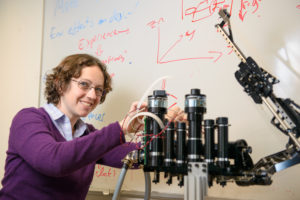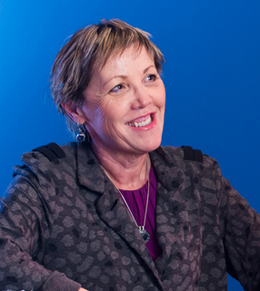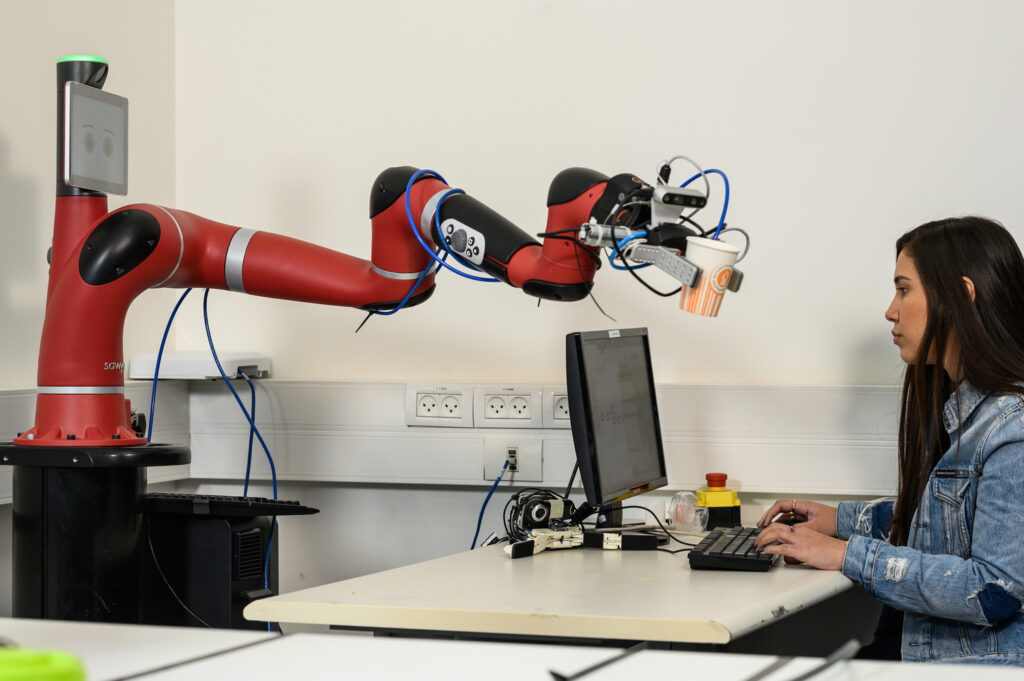
Women at Home in the Lab at BGU
Women at Home in the Lab at BGU
April 23, 2015
Leadership, Awards & Events, Medical Research, Robotics & High-Tech
Baltimore Jewish Times — In sync with a worldwide momentum to attract more women to STEM fields — science, technology, engineering and math — for their study and career choices, Israel’s Council for Higher Education (CHE) is spearheading a concerted nationwide effort to attract and retain more women into academia in those fields.
Some of the committee’s recommendations for all higher education institutions include adjusting the “tenure clock” to the “biological clock,” a proactive recruitment policy, representation of women on major academic committees and designated scholarships for women researchers with families.
BGU President Prof. Rivka Carmi, a pediatric geneticist who became Israel’s first woman university president in 2006 and is an accomplished researcher in her own right, was the first to adopt the recommendations at her institution.
Three female BGU researchers — and their extraordinary work — are featured in the most recent issue of the Washington Jewish Week and Baltimore Jewish Times.
Dr. Ilana Nisky is the head of BGU’s Biomedical Robotics Lab where her team is working to improve robotic surgery by studying human motor control.
Prof. Hanna Rapaport, of BGU’s Department of Biotechnology Engineering, is designing peptides that help with bone and tissue regeneration and healing.
Dr. Simona Bar-Haim, head of the Laboratory for Rehabilitation and Motor Control of Walking, is helping teens with cerebral palsy and brain trauma patients retrain their brains to walk with more confidence.
Prof. Carmi says for her, “It’s been a mission for many years” to promote higher-level academic opportunities to women, but she admits success isn’t based solely on the numbers of positions women hold.
She’s also committed to the more difficult task to change perceptions and behavior of both men and women, who at times, she asserts, “don’t even realize their biases about women’s roles in academia.”
Above all, her priority is “to empower young women” and “push them out of their comfort zone,” she says, helping female students to understand early in their studies the options open to them for research and faculty career tracks as well as the support that is available.






